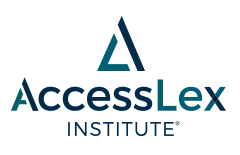
Grantee Research
Focusing Federal Student Aid Websites on Graduate and Professional Studies
Abstract
Much research has been conducted on the concept of “early notification” or “early awareness” of financial aid related to underrepresented undergraduate students. These studies show that when presented with award amounts and total costs at an early age, students are much more likely to attend college and complete a degree (Kelchen & Goldrick-Rab, 2015; Dynarski & Scott-Clayton, 2013; Dynarski & Wiederspan, 2012). Findings of this research infer that the same holds true for graduate/professional (G/P) students. That is, if given early information about costs, debt amounts, future earnings, and other financial factors, students may feel that real or perceived financial barriers have been addressed. This knowledge increases access to G/P education and leads to better-informed borrowing decisions by empowering students with the information they need to recognize their options for financing graduate school.
However, the Department of Education’s (ED) primary consumer information websites on federal financial aid, StudentAid.gov and StudentLoans.gov, focus predominantly on the needs of undergraduates rather than graduate students. Examples of this include:
- Very basic information about exploring career options that is generally not applicable to graduate students.
- References to aid programs that don’t apply to graduate students, such as parent PLUS Loans and subsidized Direct Loans.
- Sample borrowing scenarios that typically use undergraduate borrowing limits.
As part of a project funded by Access Group, NASFAA’s Consumer Information and Law Student Indebtedness Task Force set out to make recommendations for the StudentAid.gov and StudentLoans.gov websites that would expand their focus to include the needs of G/P students and allow for greater transparency related to G/P program costs and borrowing. With websites tailored to their distinctive needs, G/P students will be better-informed consumers with clearer pictures of their options, leading to institutional choices that are good matches for their long-term financial and educational goals.




